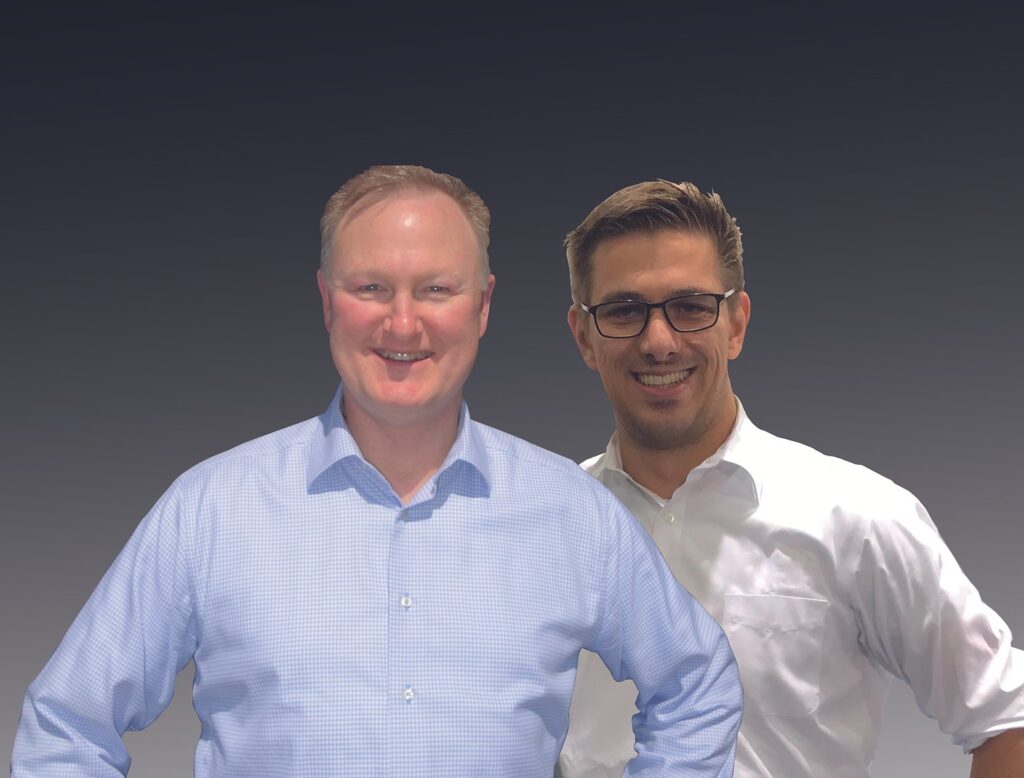April 2 2020, Campbell, Ca., USA: Pre-Switch, Inc., a Silicon Valley start-up that has developed the world’s-first Artificial Intelligence (AI) DC/AC, AC/DC soft-switching controller delivering efficiency and performance benefits to a wide range of applications including EVs and renewables, has appointed Foxy Power GmbH from Berlin, Germany as its strategic partner for business development and sales.
Founded in 2016, Pre-Switch has overcome the previously-insurmountable challenges of implementing soft-switching in DC/AC systems with varying input voltage, temperature and load conditions. Pre-Switch uses AI to constantly-adjust the relative timing of elements within the switching system required to force a resonance to offset the current and voltage wave forms – thereby minimizing switching losses.
Foxy Power GmbH supports startups and other companies with disruptive technologies by delivering worldwide business development, sales and strategy services. The company has created the concept of Product Value Maximization which increases the hit rate of manufacturers’ sales outreach and optimizes an application-centric approach.
“We believe that it is vitally-important to identify the unique selling propositions and product features of a company and its technology before starting to promote products”, says Christopher Rocneanu, CEO and founder of Foxy Power. “In Pre-Switch’s case its unique capability is to bring soft-switching to DC/AC and AC/DC inverters which significantly increases range for battery applications such as electric vehicle traction inverters. In industrial applications the same technology can reduce the size, weight and system cost of the Active Front End.”
Adds Bruce Renouard, CEO of Pre-Switch: “Foxy Power has been doing a fantastic job for Pre-Switch by successfully approaching the top global automotive OEMs and automotive suppliers while mapping the success into industrial applications such as motor drives, battery chargers and transportation.”
Pre-Switch: Further, Faster, Lighter, Cheaper – Cooler

